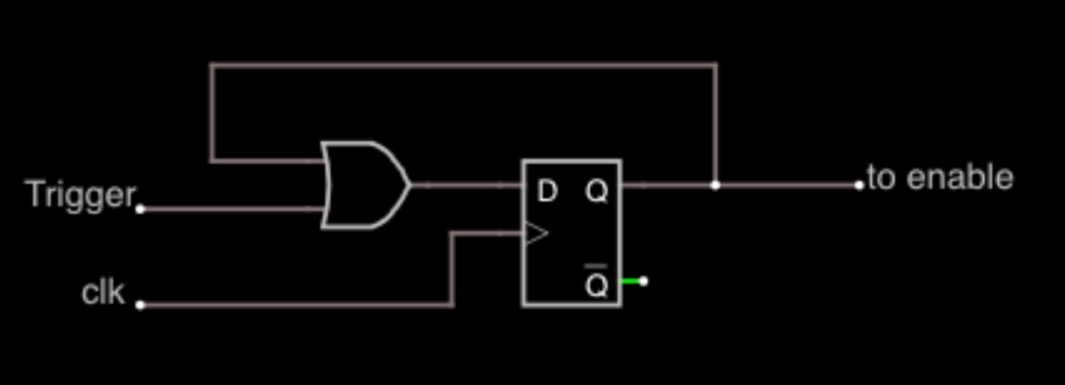In vhdl, I know how to code a start timer behavorially. However, if I have to implement such a counter to start based on a trigger, how could I implement such a counter?
My trigger is another signal that will be active for only one clock cycle. I'm breaking my head trying to think of how this is done. I could add logic to check if my trigger is active high (1 and-ed to my signal) but then it will go inactive after 1 clock cycle.
I've seen counters with enable but I want to count and stay counting no matter what.

